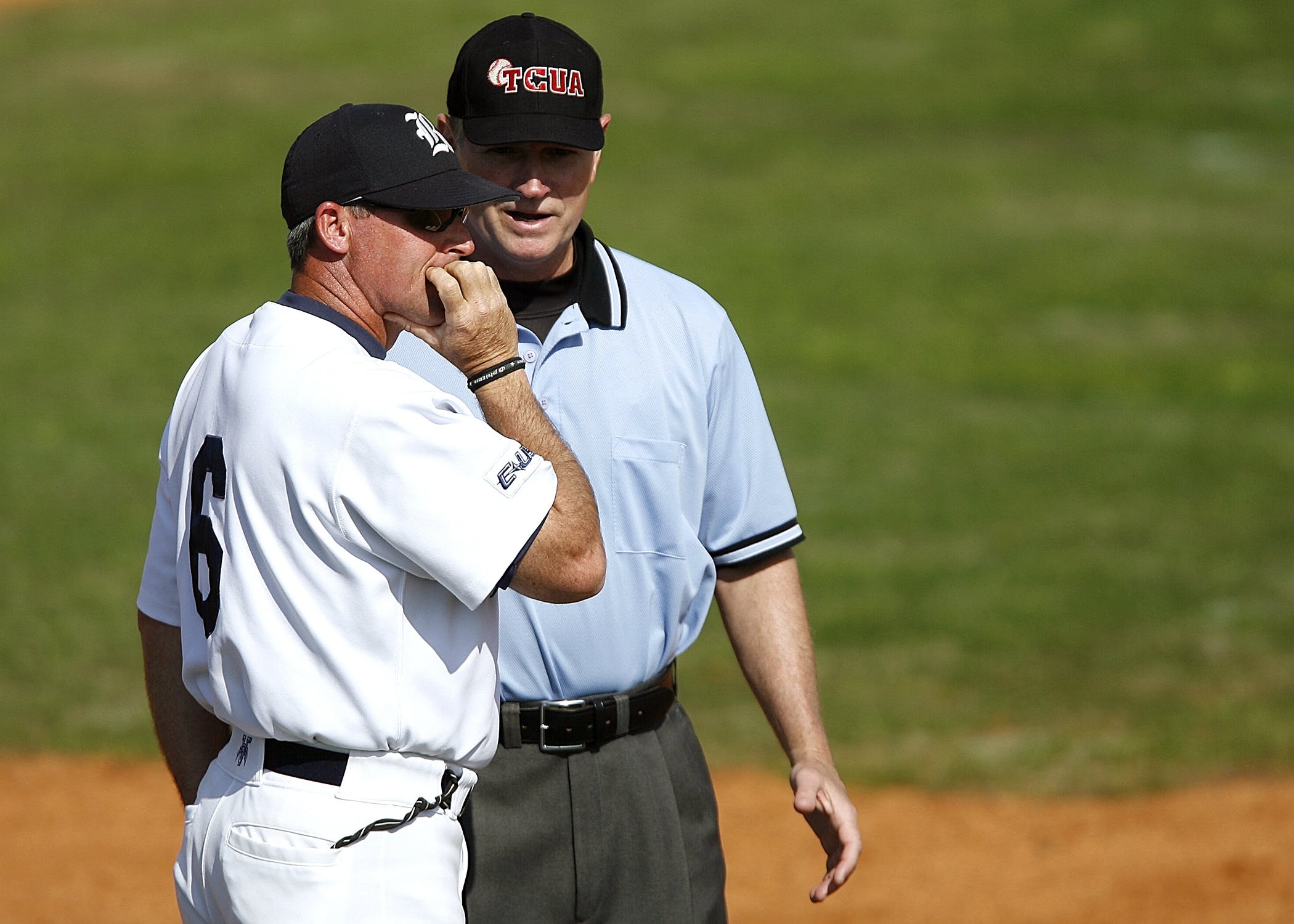Installing ball joints is an important part of maintaining your vehicle’s suspension system. Ball joints are the points where your control arms connect to the steering knuckles, and they allow the suspension to move up and down while allowing the wheels to turn. Over time, ball joints can wear out and need to be replaced. Replacing ball joints requires some mechanical knowledge, as well as the right tools. In this guide, we’ll show you how to install ball joints on your vehicle safely and correctly.Before installing new ball joints, it is important to know that ball joints must be replaced in pairs. This means that if one joint is worn, the other should also be replaced at the same time. Additionally, you should make sure that the ball joint is compatible with your vehicle. You should also ensure that the suspension is properly aligned and that all related components are in good condition before installing new ball joints. Finally, it is important to use the right tools for installation and to follow all manufacturers’ instructions when replacing ball joints.
How to Prepare Your Vehicle for Installing New Ball Joints
Preparing your vehicle for installing new ball joints is an important part of the process. This is because it helps ensure that the new ball joints are correctly installed and ready for use. Here are some tips on how to prepare your vehicle for this process.
First, make sure that all of the parts you will need for the installation are gathered before you begin. This includes any tools, replacement parts, and lubrication needed. Make sure that everything is on hand before starting work on the vehicle.
Second, be sure to properly lift and support the vehicle using a jack or other appropriate device. This will ensure that you have enough clearance to access all of the components necessary to complete the installation. Once the vehicle is properly lifted and supported, it’s important to inspect all of the components in order to make sure everything is in good working condition before proceeding with the installation.
Third, remove any old parts from their locations in order to make room for the new ones. This includes any old nuts or bolts as well as any other components attached to them. In some cases, you may need to cut away any rust or corrosion that has built up around these parts in order to gain access.
Fourth, clean all surfaces where installation will take place and apply lubrication as needed so that everything moves smoothly. This should help reduce wear on both components over time and make future maintenance and repairs easier.
Finally, once all preparation steps have been taken, it’s time to install the new ball joints according to manufacturer specifications. Be sure that each part is securely fastened and fully tightened before moving onto another step in order to ensure a proper fitment of all parts involved in this process.
Removing the Old Ball Joints
Removing the old ball joints from a car is a relatively simple but time-consuming task. The first step is to secure the vehicle on jack stands. This will ensure that it does not move while you are working on it. Once the vehicle is secure, you will need to remove the wheel and tire assembly. This will give you access to the ball joint, which is located at the bottom of the suspension assembly. Once you have exposed the ball joint, you can use a socket wrench to remove the castle nut that holds it in place. After removing the nut, you can then use a ball joint press to remove the ball joint from its housing. Make sure that you are careful when doing this as it can be easy to damage or break something if not done properly.
Once all of the old ball joints have been removed, you can then install new ones in their place. To do this, you will again need to use a ball joint press as well as any other tools necessary for installation. Once all of the new ball joints have been installed, be sure to reattach any components that were removed during disassembly and then reinstall your wheel and tire assembly before lowering your vehicle back down onto its tires.
It is important to remember that when replacing old ball joints, it is best practice to replace them with new ones of equal quality and size. Doing so will ensure that they last as long as possible and provide optimal performance for your vehicle’s suspension system.
Air Filter
Inspection of an air filter is relatively simple. To start, remove the filter from its housing. Visually inspect the filter for any dirt or debris accumulation on the surface. If the filter is particularly dirty, it may need to be replaced. If it is only lightly soiled, you can clean it with a mild detergent and warm water then let it air dry before replacing it in the housing.
Fuel Filter
The fuel filter should also be inspected regularly for dirt or particulate build up. This can be done by removing the fuel filter from its housing and inspecting both sides of the filter element. If there is a significant amount of debris present, then the fuel filter should be replaced.
Spark Plugs
Spark plugs should also be inspected regularly for any signs of wear or damage. To do this, remove each spark plug one at a time and inspect them for any cracks, corrosion, or deposits on the electrodes. If any of these signs are present, then the spark plug should be replaced.
Oil Filter
Inspection of an oil filter is relatively simple as well. To start, remove the oil filter from its housing and inspect both sides of the filter element for any dirt or debris accumulation on its surface. If there is a significant amount of debris present, then replace the oil filter with a new one before reinstalling it in its housing.
Greasing and Installing the New Ball Joints
Greasing and installing new ball joints is an important part of maintaining the suspension system of a vehicle. It is essential to ensure that the ball joints are properly greased and installed in order to maximize the performance and longevity of the vehicle. The following steps will guide you through the process of greasing and installing new ball joints:
1. Start by lifting the vehicle using a jack, ensuring that it is safely supported on jack stands. Remove the wheel for easy access to the ball joint.
2. Disconnect the tie rod end from the steering knuckle or spindle, as well as any other components attached to it, such as brakes or suspension components.
3. Apply grease to the ball joint stud before installation. This will help ensure that it is properly lubricated and reduce wear over time.
4. Insert a new ball joint into place, ensuring that it is seated properly in its mounting bracket or hole.
5. Reattach any components that were removed from the tie rod end, such as brakes or suspension components.
6. Install a new cotter pin or castle nut into place, tightening it securely but not over-tightening so as to avoid damage to other components.
7. Reinstall your wheel onto your vehicle and lower it back down off of its stands.
Following these steps carefully will ensure that your new ball joints are properly greased and installed, allowing you to get back out on the road with confidence!

Testing the New Ball Joints After Installation
After replacing the ball joints, it is important to properly test them before driving. Testing the ball joints is relatively easy and only requires basic tools. The first step is to jack up the vehicle and place it securely on jack stands. Make sure that all four wheels are off the ground. Once the vehicle is securely raised, examine the ball joint boots for any signs of wear or damage. If any damage is found, replace the ball joints immediately.
Next, inspect each ball joint for signs of play or movement. To do this, use a pry bar to push down on one wheel at a time while an assistant looks for any wobbling or movement in the wheel. If there is any play in the ball joint, replace it immediately.
The last step is to check for proper alignment of the wheels and suspension components. This can be done using a caster/camber gauge or an alignment machine if available. If any components are out of alignment, adjust them accordingly before driving the vehicle. After adjusting and testing all components, start up your vehicle and carefully drive around a few blocks to ensure that everything is working as it should be.
What to Do if There is Too Little Play in the Ball Joints
If there is too little play in the ball joints, it could indicate that the suspension system is not functioning properly. This could be caused by a worn-out component, a faulty bearing or an improperly adjusted suspension system. The best way to address this issue is to have a qualified technician inspect the vehicle and replace any parts that are worn or damaged. If necessary, they can also adjust the suspension system for optimal performance.
What to Do if There is Too Much Play in the Ball Joints
If there is too much play in the ball joints, it could indicate excessive wear and tear on the components of the suspension system. This could be caused by a worn-out part, a bent component or an incorrectly adjusted suspension system. The best way to address this issue is to have a qualified technician inspect the vehicle and replace any parts that are worn or damaged. If necessary, they can also adjust the suspension system for optimal performance.
Checking Ball Joint Wear
The first step in maintaining your ball joints is to check for wear. This can be done by jacking up the vehicle and using a pry bar or a large screwdriver to check the gap between the ball joint and the body. If there is any play in this gap, then it is likely that the ball joint has worn out and needs to be replaced. If there is no play, then the ball joint is in good condition and can be left as-is.
Replacing Ball Joints
If you find that your ball joints have worn out, then they need to be replaced. This can be done by removing the old ball joint from its mounting and installing a new one in its place. It’s important to make sure that the new ball joint is properly seated before tightening down the bolts to secure it in place.
Lubricating Ball Joints
It’s important to ensure that your ball joints are properly lubricated so that they move freely without any friction or binding. The best way to do this is to use a lubricant specifically designed for use on ball joints, such as lithium grease or molybdenum disulfide grease. Applying this lubricant regularly will help keep your ball joints functioning properly and reduce wear over time.
Inspecting Ball Joints Regularly
Once you’ve installed new ball joints or lubricated existing ones, it’s important to inspect them regularly for signs of wear or damage. This can be done by jacking up your vehicle and checking for any gaps between the body and ball joint, as well as any looseness in the mounting bolts. If any of these signs are present, then it may mean that it’s time to replace your ball joints again.
Tips for Installing and Maintaining Ball Joints
Ball joints are an essential part of any vehicle’s suspension system, providing support while also allowing flexibility in motion. Proper installation and regular maintenance are key factors when it comes to ensuring long-lasting performance from your vehicle’s suspension system. Check for wear regularly, replace worn-out parts promptly, lubricate regularly, and inspect periodically so that you can get years of reliable performance from your suspension system.

Conclusion
Installing ball joints is a relatively straightforward job that can be completed with the right tools, knowledge, and safety precautions. It’s important to take your time and use the recommended steps to ensure the job is done correctly and last for many miles.
First, loosen the wheel nuts, raise the vehicle off the ground, and remove the tire. Use a pickle fork to disconnect the ball joint from its knuckle or suspension arm. Then, remove any retaining clips or bolts before pressing or hammering out the old ball joint from its housing.
Next, install a new ball joint in reverse order of removal – press or hammer it into its housing first, then replace all retaining clips and bolts. Finally, reconnect it to its knuckle or suspension arm and torque all hardware according to manufacturer’s specifications.
Before driving off, lower the vehicle back on the ground and retighten wheel nuts in a star pattern until they are snug. Lastly, test drive your vehicle and inspect for any abnormal noises or vibrations.
With proper care and maintenance ball joints can last for many miles ahead. You can have peace of mind knowing you’ve installed them correctly by following these steps when replacing them – making sure you have all necessary tools on hand for a successful installation process!




